Post-Thanksgiving special – Lake Tahoe
Hey everyone! This week I don’t have another challenge for you but a special post-Thanksgiving post. I was happy to spend this holiday at one of the most beautiful places in the United States that does not only offer magnificent scenery but also very interesting developments in architecture: Lake Tahoe!
So what is the traditional architecture we find in Tahoe? Well, historically is has been a place where mountain architecture was on the forefront of building constructions because it is simply the most effective and nature conform way to build in the mountains. What this means is that until recently there were not that many flat roofs to be found in the Lake Tahoe area, but rather gable roofs that allow the heavy snow to slide down easily during wintertime. However, since the snow sliding off the roof can easily kill a person that is walking by underneath, many high-pitched roof houses have a broad rim that covers the walkway around the house. Another feature of these homes is the “cold roof”. This “second roof” above the initial insulated roof prevents ice damming by letting the heat leave through the “gap” between them.
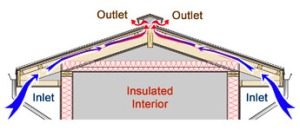 Something that also caught my eye at a lot of homes are the stone chimneys, which are not on top of the roof, but to the side of the house, built all the way up the wall. They give the houses a beautiful rustic flair and fit perfectly into the surrounding nature. Homes built in mountain architecture style generally try to mend in with the nature surrounding them, by being built solely of timber and stone. These two materials give them their majestic look and kinda make it seem like you are in a magic wonderland especially when the snow falls. Since almost all of the big houses are located around some scenic spot in the landscape they have lots of big windows and a sun deck that allows a view at the beautiful nature.
Something that also caught my eye at a lot of homes are the stone chimneys, which are not on top of the roof, but to the side of the house, built all the way up the wall. They give the houses a beautiful rustic flair and fit perfectly into the surrounding nature. Homes built in mountain architecture style generally try to mend in with the nature surrounding them, by being built solely of timber and stone. These two materials give them their majestic look and kinda make it seem like you are in a magic wonderland especially when the snow falls. Since almost all of the big houses are located around some scenic spot in the landscape they have lots of big windows and a sun deck that allows a view at the beautiful nature.
But now the face of Lake Tahoe homes is changing a little bit, with modern architects coming into the area. They among other things resurfaced the flat roofs that are also becoming a prominent part of the architectural landscape in the alps now. In Lake Tahoe, however, they implement them more naturally into the scenery. So although the houses and mansions now have a clearer façade and straighter forms, they still keep the original charm of Lake Tahoe homes. They are still mostly made of timber and stone; make even more use of big glass windows: have huge sun decks surrounding the main level of the house and sometimes even implement one on the second floor – but now the architects play a little more with the form of their roofs, combining both gable roofs and flat roofs, same as curved roofs.
The homes at Martis Camp near Truckee are another perfect example of this new architecture style in the Lake Tahoe area. They implement the best architectural achievements and combine them with the traditional elements.
I am looking forward to my next stay at Lake Tahoe, when I will try to find some of the more hidden mansions around the lake and the cities close-by. Some of them are really hard to find 😉
Now I wish you all happy holidays and a wonderful time with your families!
Look forward to another post from me throughout the Christmas break!
Sources: http://www.rooficemeltsystems.com/rim/coldroof.html; http://www.onekindesign.com/2014/05/14/contemporary-retreat-near-lake-tahoe-martis-camp/; http://www.martiscamp.com/modern-architecture-gets-foothold-at-tahoe-in-martis-camp/
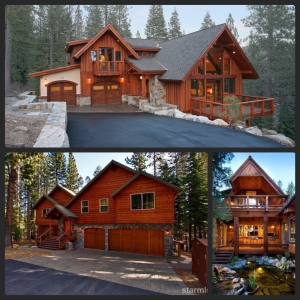
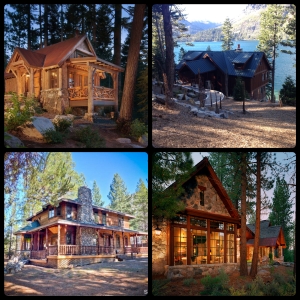
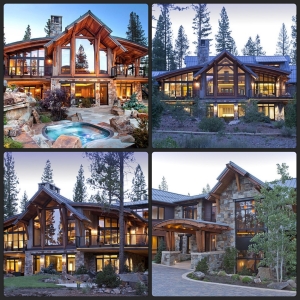
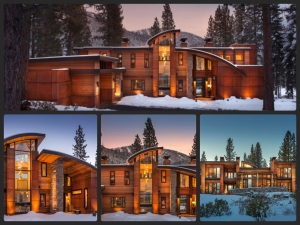
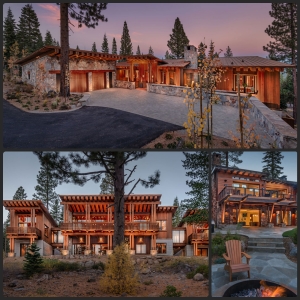


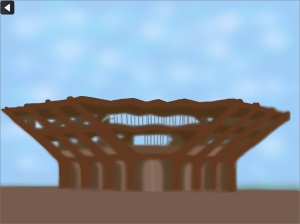
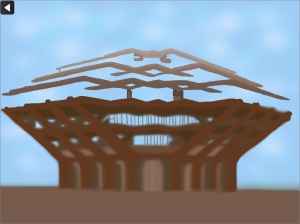
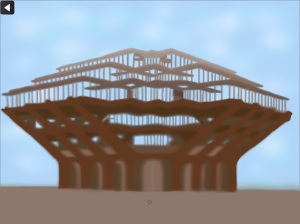
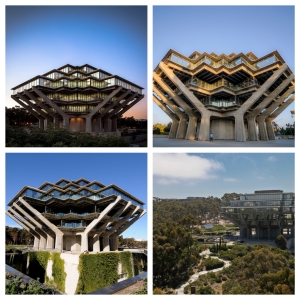

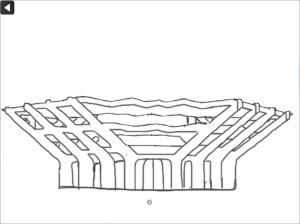
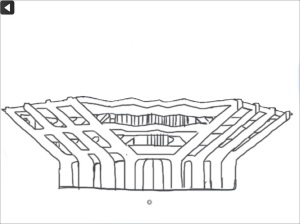
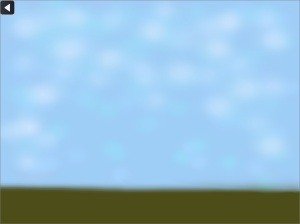
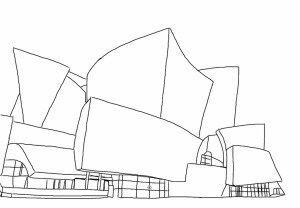
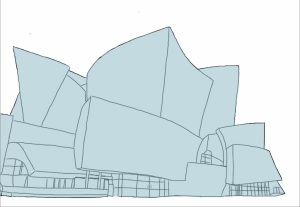
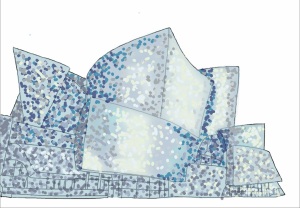

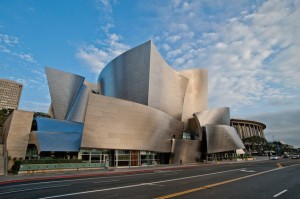
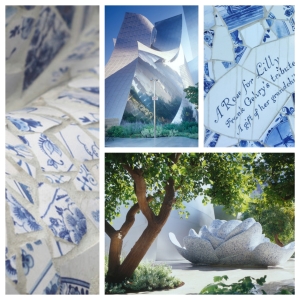
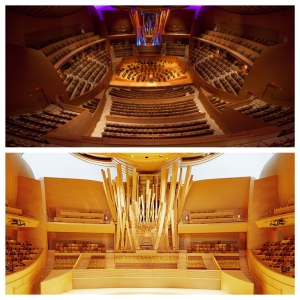

You must be logged in to post a comment.